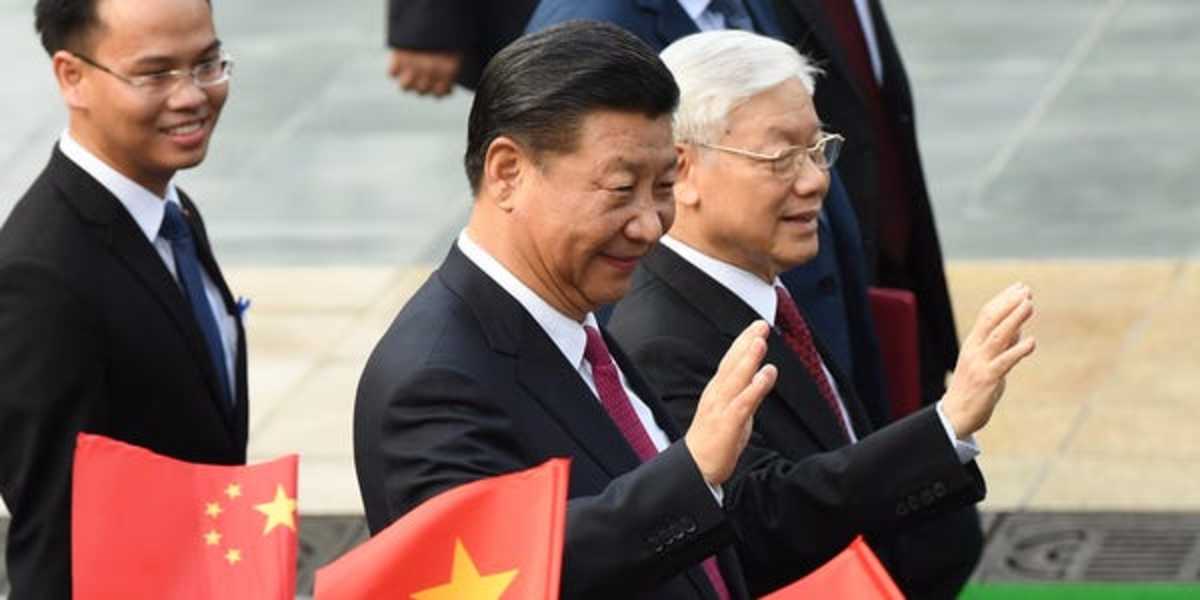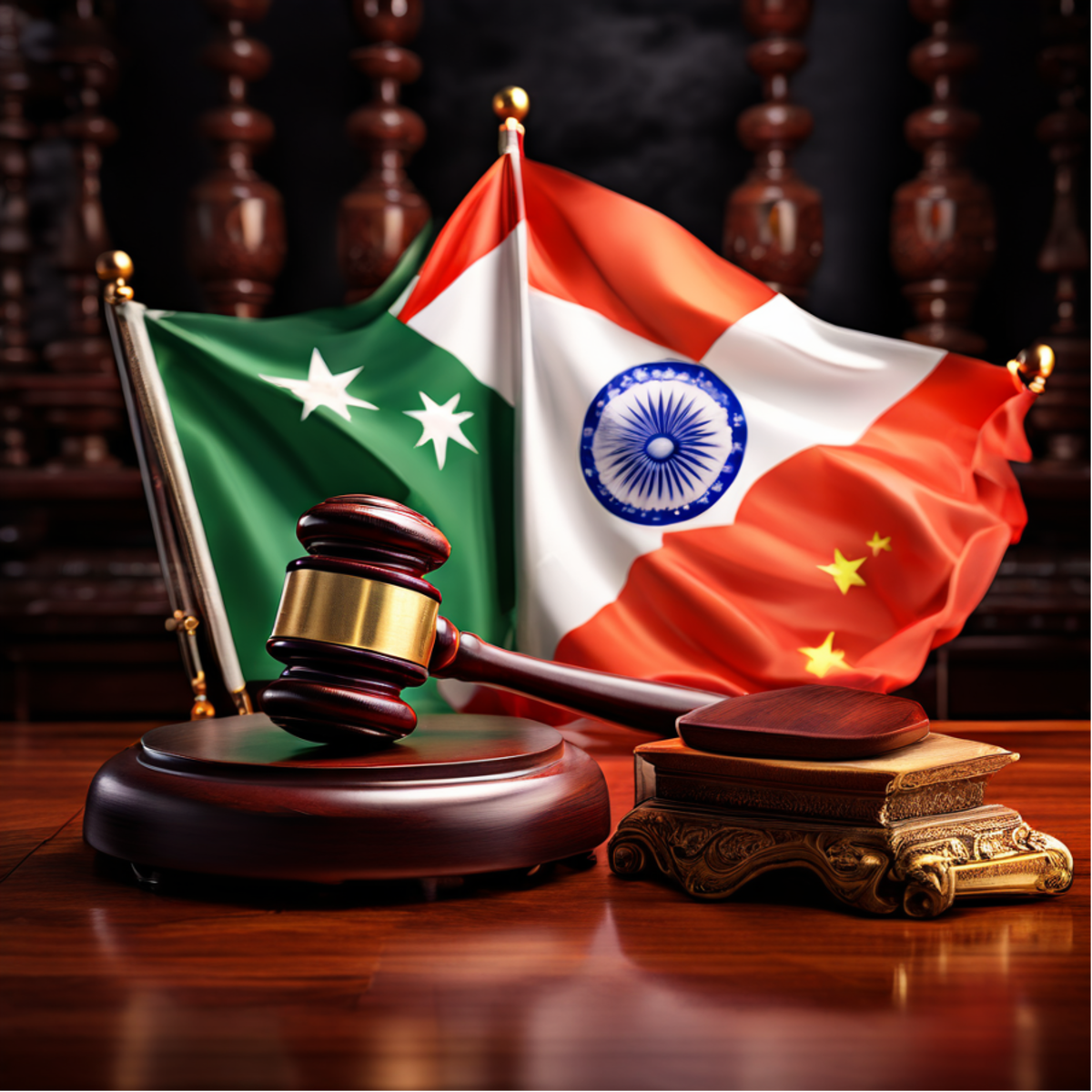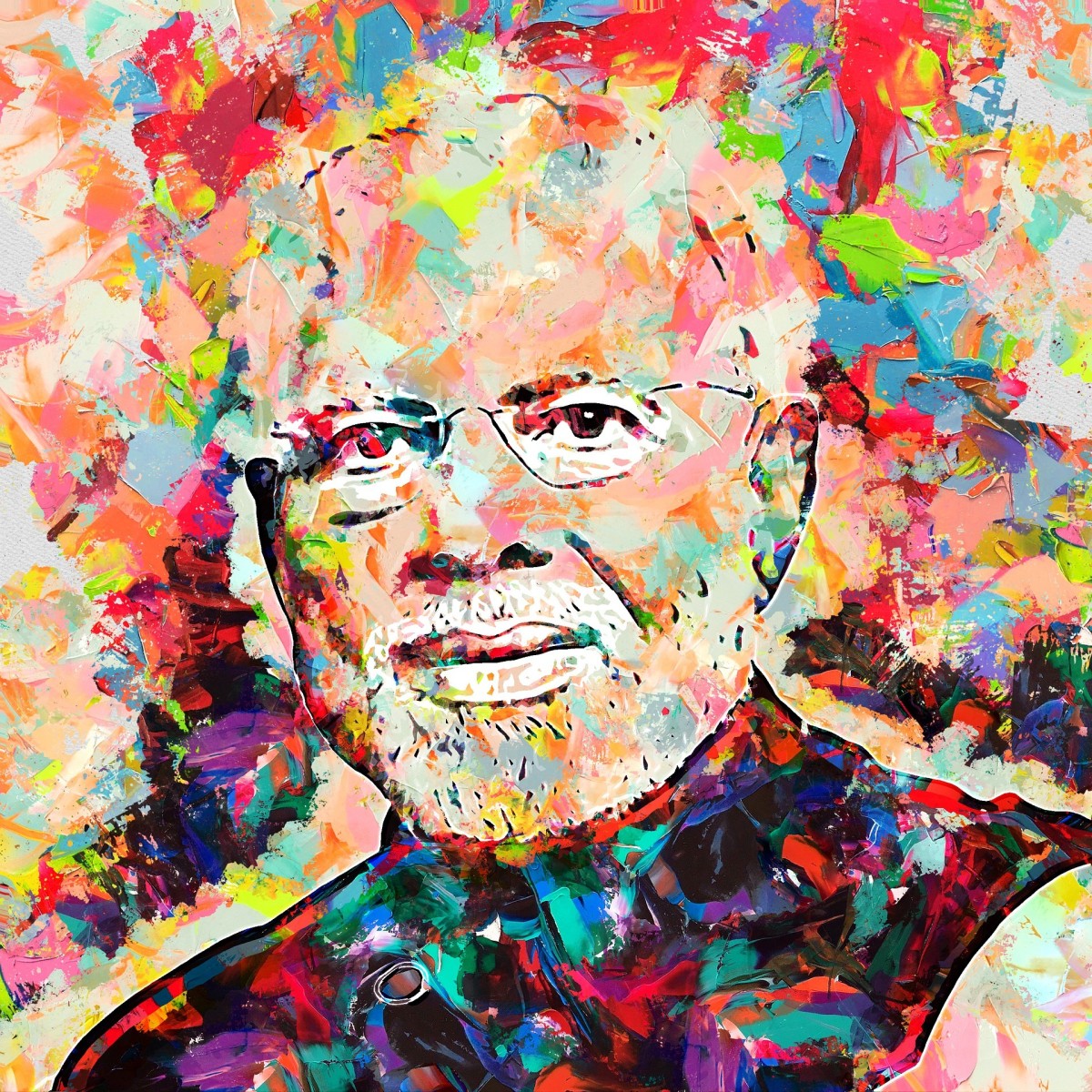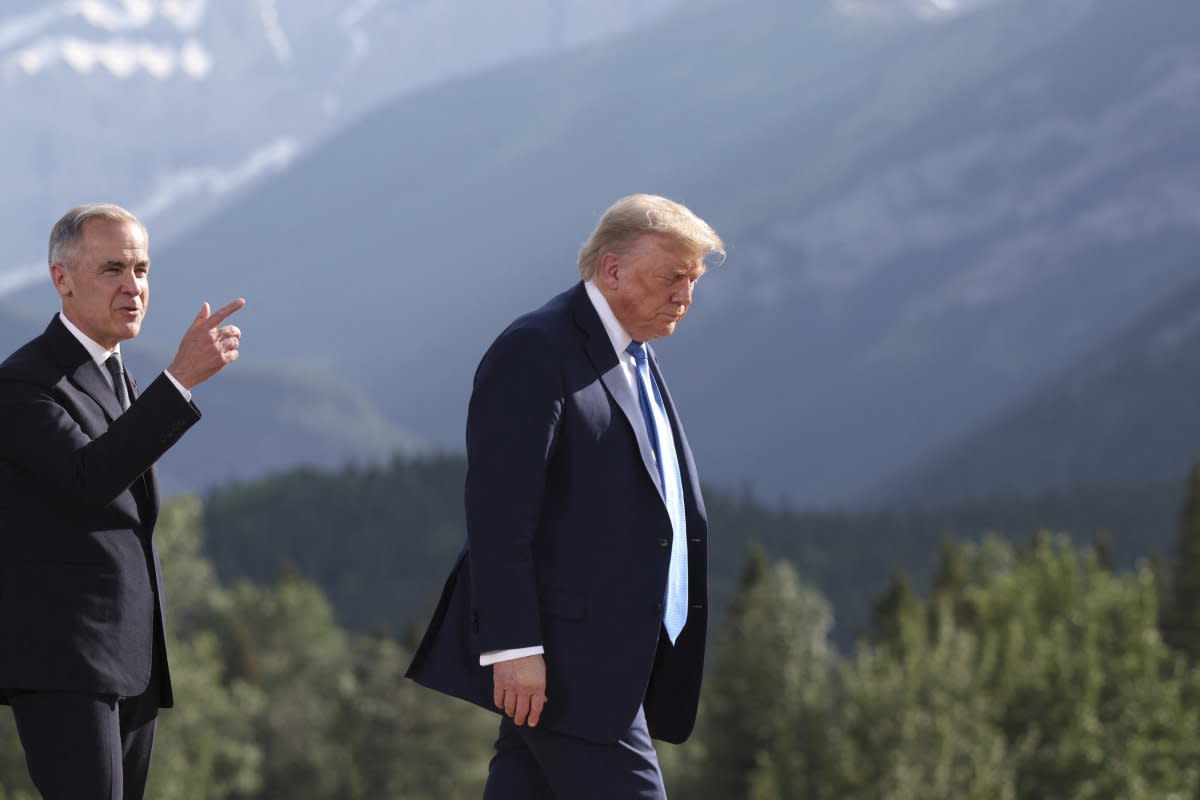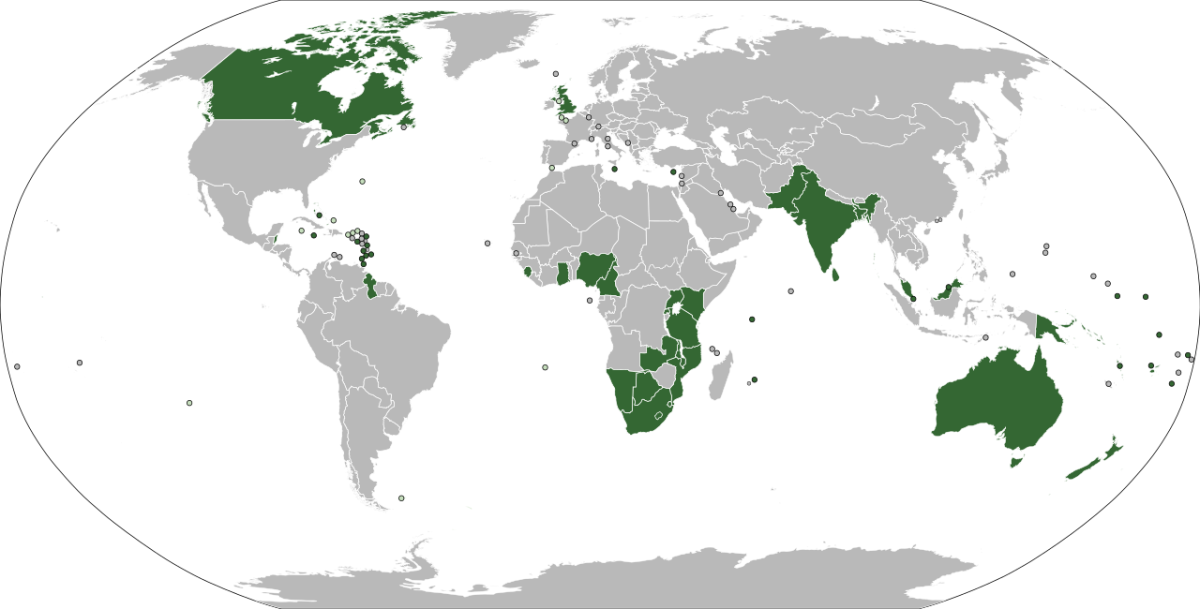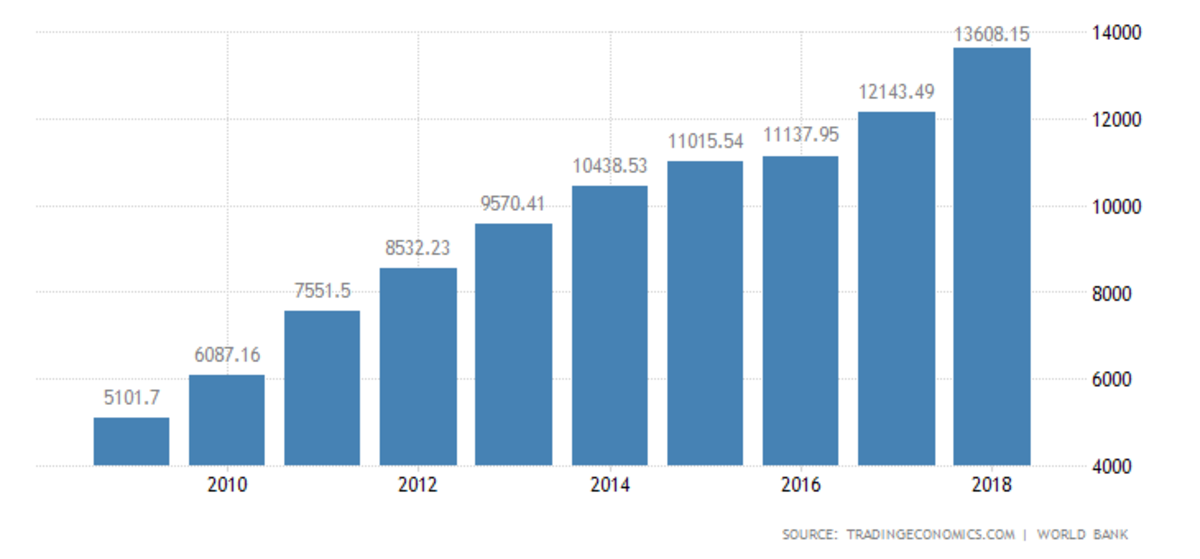Challenges of Rising Powers
From the eighties of the twentieth century until today, the term "emerging powers" is being deliberated to refer to countries in which the conditions of economic, political and institutional readiness are prepared to emerge from the cycle of underdevelopment in the poor South world. Accordingly, these “emerging countries” seem to be the actual expression of hope that they will be able to overcome these severe obstacles that hinder the process of evading the three-quarters of the world's population, and access to human economic and developmental growth, in a manner that enables some justice to be done.
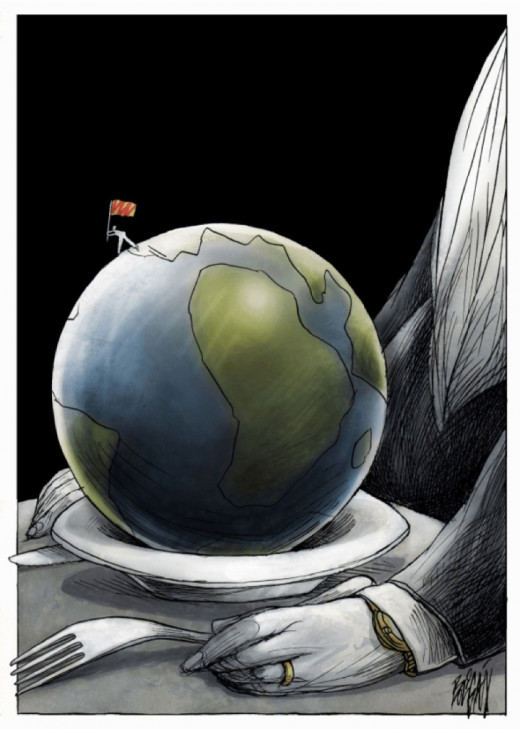
In the Rise Criteria
In 1981, for the first time, Antoine van Aghtammail, the Dutch economist at the International Finance Corporation - a branch of the World Bank - used the adjective "bullish" to denote some of the countries of the South where conditions exist for them to be the drivers of rising growth. It makes them trust the investors, in general. However, at the time, there was no official list of countries that could be characterized by the rise of underdevelopment. Later, in the first decade of the current century, in the sludge of circulation of the concept of "emerging countries" in the media and economic fields, lists of countries from the south witnessed remarkable development activities that made them distinct from the ones stuck in the backwardness nets, and "BRICS" was the list that enjoyed the most popular reputation. In this area. In 2005, Goldman Sachs launched the BRIC acronym in English, to denote the countries of Brazil, Russia, India and China. In 2011, the South African country was added to the group, thereby adding an S to BRIC for South Africa. Then, the BRICS Group subsequently tried to form its own international organization, with the aim of coordination and economic cooperation between its countries. However, its spaced geographical locations prevented it from living up to an international bloc with regulatory covenants and clauses of applied effectiveness, such as the European Union, NAFTA (North American countries), Mercasur (South American countries), or other blocs of countries with contiguous borders between them.
In various cases, the reputation of the single “BRICS” and its circulation in various media and economic circles has led to appear as forming the nucleus of the emerging countries, whose markets have been listed successively within the framework of emerging economic powers, and international financial institutions and research centers concerned with development and political affairs have begun. Lists are added in which the BRICS countries are added, other countries that are seen as having economic sectors that are estimated to grow in a way that allows them to cross from the world of the south to the world of the north, if their conditions continue as they are of favorable economic and financial advantages.
The economic progress that China and India demonstrated in international markets during the second decade of this century predicts that Western imperialism will not be able to monopolize the benefits of globalization.
It is worth noting that the World Bank, as well as the International Monetary Fund, did not decisively sort countries between emerging and ruling countries, and that we do not fall on the lists of countries in this regard, appended by their signature, except for one list published by the World Bank in 2007. And his list, citing the rising powers, came as follows: "China, India and other countries ..." However, this did not prevent many attempts by experts and academics to advance the development of economic standards, which allow as much as possible to classify emerging countries, and they came as follows: - First, that per capita income in the country concerned ranges between 10 to 75 percent of income The individual in the European Union, (that is, between about 4000 dollars and 30,000 dollars, after calculating the purchasing power parity in the country concerned - in 2018) - second, that the country records a high annual economic growth rate, exceeding six and seven percent, over successive years.
Reality at the Test of Criteria
The BRICS group seemed to be a constant in the lists concerned with the rising powers, but what is shown by the accurate approach to things that three of them no longer fully meet the conditions for the rise, which are being explored from the aforementioned criteria. In fact, the inclusion of Russia among these powers has raised the objections of many economic experts, as well as most geographers, because Russia is primarily considered a superpower, and it is rivaling the greatest power in the world, that is, the United States, then it possesses the capabilities and capabilities at the economic, diplomatic and political levels And the military, what made it and made it from the countries of the North and not from the countries of the South, even from the days of the Soviet Union. The penthouse that she witnessed in the nineties of the twentieth century, following the dramatic collapse of her socialist system, is only a passing detail in her general economic and political course, especially since her human development index exceeds 0.8.
As for Brazil and South Africa, after their economic sectors witnessed remarkable progress during the first decade of the twenty-first century, their growth rates declined, in recent years, to the lowest levels until they reached in Brazil below zero. Therefore, the BRICS will not remain as a rising power, except China and India, which will enhance the provisions of the World Bank in this regard, mentioned above.
On the other ascending countries, several lists emerged from it during the first decade of the current century. Goldman Sachs added the following powers in 2008 to its list: Bangladesh, Egypt, Hungary, Iran, Pakistan, the Philippines, Thailand, Turkey, Nigeria and Mexico. But the "Ernst & Young Study Center" was added to it: Saudi Arabia and North Korea, while the "Boston Consulting Group Corporation" added Argentina, Chile, Indonesia, Malaysia and Bologna. "Price water house Coopers", Chile and Hungary, was removed from the list of emerging countries, after replacing them with Vietnam and Ukraine. However, the most prominent event in this framework, is the recognition by everyone in the future of Turkey's superior economic capabilities compared to the countries of the South, and its occupation of the first place on all emerging powers, in terms of per capita income in it, where in 2018 it reached the level of touching $ 30,000, After purchasing power parity is calculated.
However, the economic crisis that the international markets witnessed in the year 2008 and beyond, starting from the United States, reflected negatively in the following years on the rates of economic growth in many countries of the world, including the emerging countries, which were engaged in addressing not only the factors of underdevelopment , But also because the imperialist West has been woven (and still is) from various political, economic and security traps that fall into or are drawn to it, to keep it in the event of a follow-up that prevents it from rising. Among the negative results, direct and indirect, of the various activities of imperialism hostile to the emerging powers, the continuing economic blockade of North Korea and Iran, the inability of Saudi Arabia, Nigeria and Pakistan to make the necessary reforms in their constitutional institutions to keep pace with the affairs of the economic, political and cultural era, and the declining rates of economic growth in most emerging countries, Including Malaysia, whose economy has astonished the world before. However, a few of them, along with the southern giants of China and India, managed to maintain to one degree or another their rise, but to varying degrees, namely Bangladesh, Vietnam, and Turkey, but the first and the second, despite their continuous growth, have not been able to have competitive capabilities in The fields of information and high and high technology, and advanced scientific fields, i.e. those fields on which the solid economic structures in the world are based, which makes their development conditions vulnerable to a setback, if certain changes occur in the economic and political conditions surrounding them. As for Turkey, which is considered one of the most important emerging economies, it was not spared the repercussions of the crisis of 2008, when the rate of growth declined sharply, but it soon returned to rise, continuing its graphical line to what it was in the first decade of the century. However, the serious crisis in it started in 2014, when a second setback occurred and the growth rate declined to 2.9, after it was 8, 5 in 2011 and 9.1 in 2010. Since then, Turkey has not been able to fully recover. The second setback, and the ensuing negatives, came in the context of the political, economic and financial consequences of the bloody events that ravaged the Middle East and the Arab region, and Turkey's costly obligations towards it. Today, the Turkish economy is suffering from a crisis that is manifested in troubling difficulties, including the decrease of the Turkish lira exchange rate by 30 percent against the dollar, and the high rate of unemployment according to official figures from 10 percent in 2015 to 15 percent in 2018, and then the inflation rate exceeded 30 percent Foodstuffs, as well as the growing number of immigrants from university youth and senior personnel.
We conclude from all this that, in recent years, the path of the emerging countries has not been up to their ambitions. Only China and India were able to penetrate the pressures exerted by the world of the North, especially Western imperialism, on the world of the South, in light of the positives made available to them by the globalization of international markets.
Toward Confrontation
The economic progress that China and India have shown in international markets during the second decade of this century predicts that Western imperialism will not be able, at least for the foreseeable future, to monopolize the fruits of globalization. China, and beyond India, has the ability not only to limit the domination of the North as previously prevailed, but also to confront it in a wide-scale trade war on the international stage, expressing this or that of the rise of a new East Asian imperialism.
The BRICS seemed to be a constant of the lists of emerging powers, but what the precise approach to things shows is that three of them no longer fully meet the conditions for advancement.
However, the new imperialism is still limited to the economic dimension without the political, meaning that all that China (as India) envisions at the present time is the economic economic expansion. It does not try to export a specific political-cultural model outside its borders, as is the case with other countries that disclose their intention to spread their "message" in the world, such as the West who wants to generalize its principles in what he claims regarding democracy, freedom and human rights ... or Iran regarding the revolution. Islamism and the Principles of the Islamic System ... In the past, during the rule of Mao Zedong, China in the 1960s had its Communist message, as did the Soviet Union. Today, China, like India, is rarely concerned with political ideological issues, as the focus in their international relations still tends towards placing economic interests on expanding political influence. This, and if the media and political circles are continuing to circulate the course of trade war between the United States and China, then this does not mean that India will remain in the future, immune from it. However, the confrontation between the United States and China today, and India later, involves geopolitical conditions that would undermine the ability of the two rising powers to engage in them. China suffers from a severe socio-economic contradiction between East and West. While the East overlooking the Pacific Ocean, with its diverse cities and activities, records a level of progress in various aspects of life competing with the rich world of the North, it takes the continental West in a state of poverty that makes it an integral part of the world of the South. Then, another danger is represented by the separatist political movements in some western regions, which are separated from the central state by this degree of violence, sometimes fading and reviving at other times, which makes it vulnerable to external interventions through which the Western imperial powers seek, especially The United States has a long standing reputation in such matters, for restricting and harming the Chinese state. This is what happened in the Tibetan region, which is dominated by Buddhism, when the West embraced the Dalai Lama, the religious symbol in it, and incited it in twisted ways to rebel in order to activate the separatist tendency in the region. Likewise, it is feared by the American intelligence intervention in the Xinjiang region, where a separatist movement is intensifying, by the Uighurs, who are Muslims of China.
These internal geopolitical problems, in both China and India, reveal serious weaknesses, nothing preventing the imperialist West from investing in them to harm the economic and political harms of the two emerging nations. He, that is, this West, leaves no chance but to seize it to impede growth in the countries of the South, so that he did not hesitate, in international climate summits, to hold industrial activities in it, especially in China and India, responsible for climate change and global warming, despite Scientific uncertainties surrounding its various aspects. The rise in the south is still not fulfilling the conditions that can reassure his fate.

